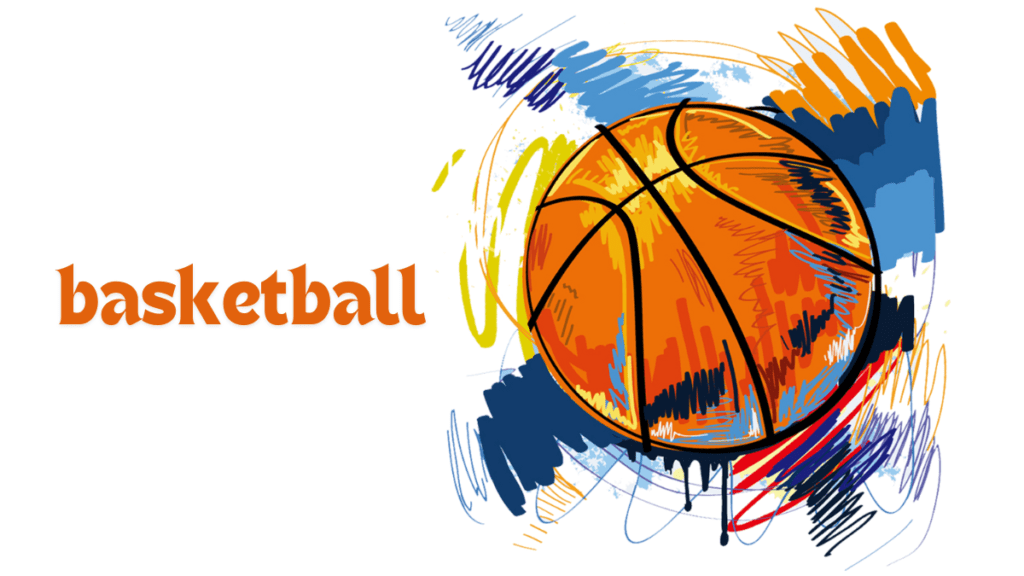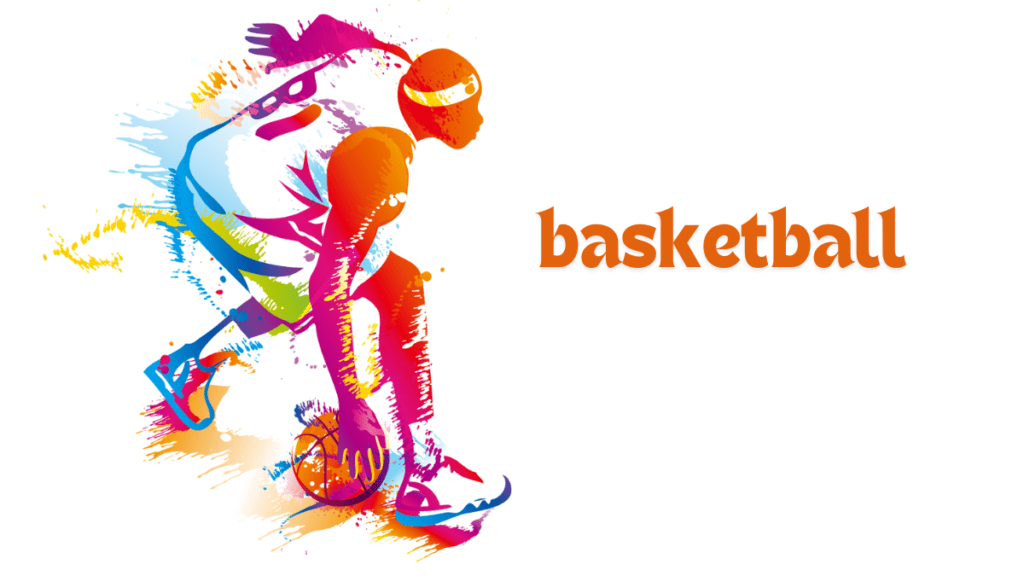drawing:cul23ybyzfm= basketball has a unique place in the world of sports, and capturing its essence through drawing can be incredibly rewarding. Whether for personal enjoyment or to improve your artistic portfolio, learning how to draw basketball scenes can enhance your creativity and eye for detail.
Why Drawing:cul23ybyzfm= Basketball Is Important
The term “cul23ybyzfm” doesn’t directly correspond to anything recognizable in basketball terminology or general use. Drawing basketball not only sharpens your artistic skills but also provides a new way to appreciate the sport. Whether you’re an artist hoping to diversify your skills or an avid basketball fan wanting to capture the game’s excitement, drawing basketball scenes can be fulfilling.
Benefits of Artistic Skills
Developing artistic skills enhances your ability to observe and replicate real-life movements and objects. It strengthens your hand-eye coordination and improves your capacity to depict dynamic scenes, essential for any artist.
Gather Quality References
Before you start drawing, gather high-quality references. Proper references can make a significant difference in your understanding and execution of basketball drawings.

High-Resolution Images
Start by collecting high-resolution images. Websites like Pinterest and sports photography sites are excellent sources. These images will provide you with clear details, from the texture of the ball to the players’ expressions.
Live Game Sketches
If possible, attend live games to sketch in real-time. This will help you capture the movement and energy of the game, providing a dynamic reference that photos alone can’t offer.
Basic Shapes and Proportions
Getting the basics right is crucial. Begin with simple shapes to lay the foundation for your drawings.
Sphere for the Ball
The basketball itself can be simplified into a sphere. Perfect your sphere drawing skills to ensure that the basketball looks realistic. Pay attention to the lines and grooves that give the basketball its distinct look.
Simple Body Anatomy
For the players, start with basic anatomy. Use simple shapes like circles and ovals to outline the head, torso, and limbs. Understanding human proportions will make your sketches more accurate and lifelike.
Study the Movement
Movement is a key aspect of basketball. Capturing it will bring your drawings to life.

Action Poses
Study action poses by watching videos or observing players. Notice how their bodies move and the positions they take. Sketch these poses repeatedly to get a feel for the movement.
Dynamic Angles
Experiment with dynamic angles. Drawing from different perspectives adds drama and realism to your work, making your basketball scenes more engaging.
Focus on Details
Details make a drawing stand out. Pay attention to the finer aspects of basketball.
Basketball Texture
The texture of the basketball adds realism. Use small, repetitive strokes to mimic the pebble-grain surface. This will make your basketball look more tangible and lifelike.
Jersey and Gear
Include the details of the player’s jersey and gear. This includes the fabric folds, logos, and any unique features of the uniform. These elements add authenticity to your drawings.
Practice Light and Shadow
Light and shadow give depth to your drawings, making them more three-dimensional.
Light Sources
Identify your light source before you start shading. This will guide where the highlights and shadows fall, making your drawing more cohesive and realistic.
Shadow Placement
Place shadows carefully to match your light source. Shadows give your drawing volume and can emphasize the movement and form of the players and the ball.
Experiment with Mediums
Trying different art mediums can enhance your skills and allow you to find your preferred style.
Pencils and Pens
Start with pencils for sketching and shading. Pens can be used for adding finer details and creating bold outlines. Each medium has its strengths and can bring a different feel to your drawings.
Digital Tools
Digital drawing tools like tablets and software provide endless possibilities. They allow you to experiment with colors, textures, and effects that are challenging to achieve on paper.
Get Feedback
Feedback is crucial for improvement. Engage with others to gain new perspectives on your work.
Online Art Communities
Join online art communities to share your work and receive constructive criticism. Websites like DeviantArt or Reddit’s r/ArtCrit can be great places to connect with fellow artists.
Art Classes
Consider taking art classes. Whether online or in person, classes provide structured learning and direct feedback from experienced instructors.
Stay Consistent
Consistency is key to improvement. Regular practice will help you refine your skills over time.
Daily Sketch Routine
Establish a daily sketch routine. Even spending 15 minutes a day drawing basketball scenes can lead to significant improvement over time.
Track Progress
Keep track of your progress by saving your drawings. Regularly review your work to see how far you’ve come and to identify areas for further improvement.
Keep Practicing and Enjoy the Process
Remember, the goal is to enjoy the process while improving your skills. Drawing basketball scenes can be challenging but also incredibly rewarding. Keep practicing, stay consistent, and don’t hesitate to seek feedback.
By following these tips, you’ll be well on your way to mastering the art of basketball drawing. Happy sketching!




